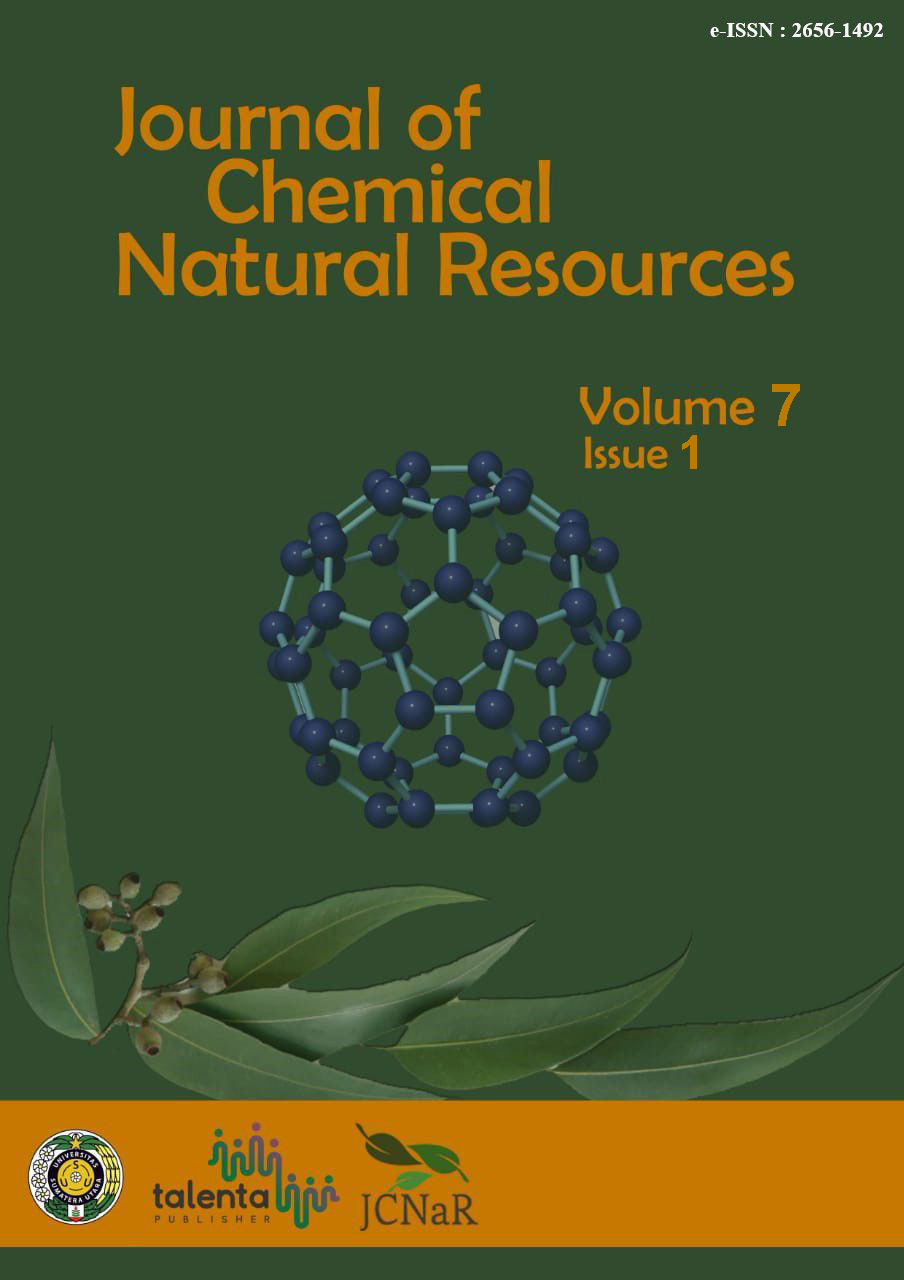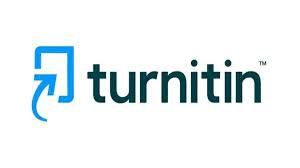Modification of Hydrophobic Polymer-Based Membranes with Gambir Tannin as a Natural Additive to Reduce Humic Acid in Water
DOI:
https://doi.org/10.32734/jcnar.v7i1.21863Keywords:
Antifouling, Organic Fouling, Gambir (Uncaria Gambier roxb), Natural Additives, MembraneAbstract
Membrane technology is widely used in water treatment processes. This study aims to evaluate the effect of gambir tannin, a natural additive, on the performance of hydrophobic polymer membranes made from polyvinylidene fluoride (PVDF) and polyethersulfone (PES). Membranes were fabricated using the casting–phase inversion method with 0% and 1% tannin concentrations. Membrane characterization included functional group analysis, permeability tests with pure water and humic acid, antifouling performance, and chemical stability. Addition of tannin introduced hydrophilic functional groups into the polymer matrix, resulting in improved membrane porosity, flux recovery ratio (FRR), and fouling resistance. The most significant finding of this study is that the incorporation of 1% gambir tannin increased the pure water flux up to 20.67 L/m²·h for PVDF membranes and 102.46 L/m²·h for PES membranes, while maintaining high antifouling properties and stable performance in acidic and alkaline environments. These results demonstrate the potential of gambir tannin as a sustainable additive for enhancing membrane performance in water purification applications.
Downloads
References
B. Díez and R. Rosal, Nanotechnology for Environmental Engineering. Springer, 2020.
O. A. A. Al-Timimi, L. K. Hassan, and I. S. Salman, “Proceedings,” 2020, pp. 4138–4141.
G. R. Guillen, Y. Pan, M. Li, and E. M. V Hoek, “Preparation and characterization of membranes formed by nonsolvent induced phase separation: A review,” Ind Eng Chem Res, vol. 50, no. 7, pp. 3798–3817, 2011.
R. Kumar and A. F. Ismail, “Fouling control on microfiltration/ultrafiltration membranes: Effects of morphology, hydrophilicity, and charge,” J Appl Polym Sci, vol. 132, no. 21, 2015.
A. Rahimpour, S. S. Madaeni, A. Shockravi, and S. Ghorbani, “The effect of polyvinylpyrrolidone (PVP) addition on properties and performance of polyethersulfone ultrafiltration membranes,” J Memb Sci, vol. 334, no. 1–2, pp. 64–73, 2009.
Y. Kourde-Hanafi et al., “Hydrophilic surface modification of polyethersulfone membranes using polydopamine: Effects on morphology, mechanical, and fouling properties,” J Memb Sci, vol. 533, pp. 261–269, 2017.
S. Muchtar et al., “Fabrication of PES-based blend membranes incorporated with polyaniline nanoparticles,” J Appl Polym Sci, vol. 136, no. 10, 2018.
S. Mulyati et al., “Development of activated carbon composite membrane from palm shell for organic removal,” Membranes (Basel), vol. 10, no. 1, p. 17, 2020.
N. Arahman, M. Yusuf, S. Muchtar, T. Maimun, and M. Bilad, “Adsorption study of phenol onto activated carbon from castor seeds,” International Journal of GEOMATE, vol. 15, no. 48, pp. 51–57, 2018.
S. Aprilia et al., “Sintesis dan karakterisasi membran nanokomposit menggunakan nanosilika dari abu sekam padi dan ampas tebu,” Jurnal Rekayasa Kimia dan Lingkungan, vol. 13, no. 1, pp. 82–97, 2018.
A. Fahrina et al., “Modification of hydrophobic PVDF membrane using bio-based additives for enhanced filtration performance,” Polymers (Basel), vol. 12, no. 9, pp. 1–11, 2020.
S. Mulyati et al., “The performance of silica-extracted membranes for water treatment,” in IOP Conference Series: Materials Science and Engineering, 2018, p. 12034.
C. Liu, L. Wu, C. Zhang, W. Chen, and S. Luo, “Fabrication of superhydrophilic and underwater superoleophobic membranes via tannin-inspired co-deposition for oil/water separation,” Appl Surf Sci, vol. 434, pp. 1328–1337, 2018.
N. Arahman, A. Fahrina, S. Amalia, R. Sunarya, and S. Mulyati, “Characteristics and performance of hybrid membrane modified with nanomaterials: A preliminary study,” F1000Res, vol. 6, p. 668, 2017.

Downloads
Published
Versions
- 2025-07-28 (2)
- 2025-07-28 (1)
Issue
Section
License
Copyright (c) 2025 Journal of Chemical Natural Resources

This work is licensed under a Creative Commons Attribution-ShareAlike 4.0 International License.














